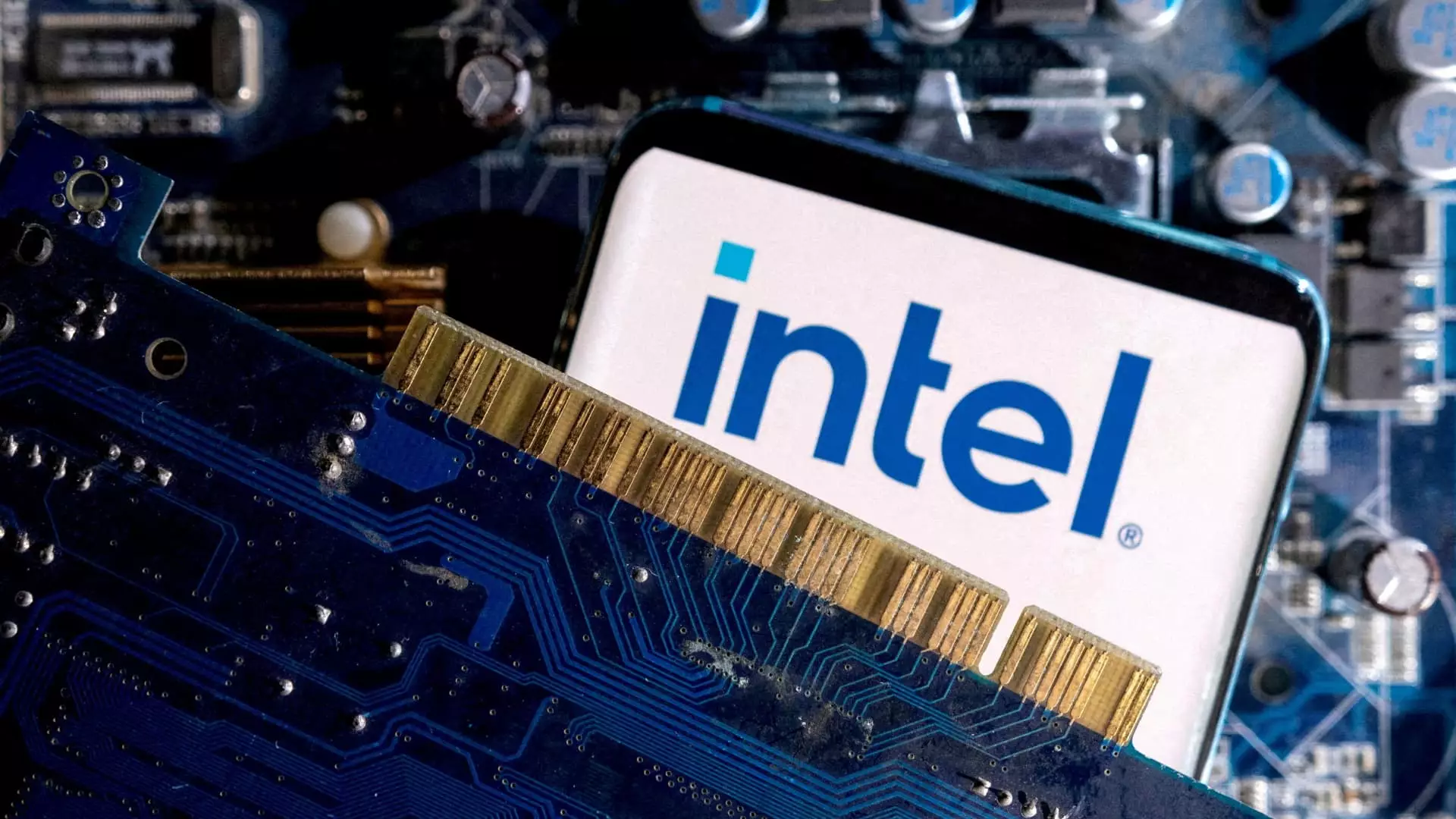In an unexpected turn of events, Intel Corporation has announced the separation of its venture capital arm, Intel Capital, into an independent entity. This move underscores a broader strategy aimed at reorienting the company amidst severe challenges in its core operations. Intel Capital, which boasts $5 billion in assets, will now focus on accessing external funding since it has traditionally relied entirely on Intel’s resources. This transformation is part of an ongoing effort to streamline operations and rejuvenate the struggling chipmaker.
Intel is no stranger to upheaval. The company has recently encountered its most challenging financial year since its inception in 1971, marked by significant declines in its market shares and stock value. With the semiconductor industry constantly evolving, Intel has faced increasing competition and a general shift in market dynamics. The changes in leadership with the ousting of CEO Pat Gelsinger and the subsequent appointment of interim co-CEOs, David Zinzner and Michelle Holthaus, highlight a palpable sense of urgency within the company to reclaim its former prominence in the tech landscape.
The last few years have seen extensive restructuring, including downsizing and divesting from non-core assets. These cuts are not merely reactive but also proactive measures aimed to realign the company’s focus toward innovations like advanced chip manufacturing. The intent is to turn Intel’s focus back on its fundamental strengths while enabling Intel Capital to seek diverse financial avenues as an independent entity.
The planned spin-off is significant not only because it alters Intel Capital’s operational framework but also because it places the venture arm in a position to pursue new funding opportunities. An independent Intel Capital could introduce fresh investment strategies, incorporating capital from external sources while maintaining its legacy of fostering technological advancement.
Since its establishment in 1991, Intel Capital has been revolutionary, being among the first of many corporate venture arms aimed at driving innovation through investment. This model was once viewed as an anomaly but is now widely adopted by tech giants such as Google and Microsoft. However, while Intel was an early entrant in corporate venture capital, the spin-off is also indicative of a larger trend in the industry where traditional corporate ventures are reassessing their value and operational structure in a changing financial landscape.
The decision to spin off Intel Capital comes at a time when the venture capital landscape is undergoing significant transformations. Corporate venture capital investment reached a record high of $156 billion in 2021, participating in nearly 3,800 deals, but interest rates are diminishing the numbers as funds tighten in 2022 and beyond. Intel’s timing of this spin-off reflects an acute awareness of the shifting sands in startup investment dynamics.
By positioning Intel Capital as a standalone entity, Intel may be looking not just for survival but for reinvention, echoing the strategies of companies like SAP, which transformed its venture arm into Sapphire Ventures. This move signals a departure from Intel capital being a mere supplement to its core business; instead, it will be a significant player seeking to influence the tech industry on its own terms.
With Intel contemplating this new chapter, the implications for its workforce are notable. The existing employees of Intel Capital will transition into the new firm, ensuring continuity and retaining institutional knowledge. However, the legacy of the independent firm remains to be seen—could it lead to fresh perspectives and innovative opportunities, or will it struggle in a competitive venture capital landscape?
Intel’s decision represents a vital juncture. It could serve as a pivotal moment that elevates the company amidst adversity by capitalizing on successful investment returns to bolster its core business. The path forward is fraught with challenges, but should the spin-off succeed, it may well restore Intel’s rightful position as a cornerstone in the technology sector, laying the groundwork for future innovation and growth.
The spin-off of Intel Capital marks more than just a structural change; it symbolizes Intel’s response to an evolving marketplace while reimagining its approach to venture investment and innovation. The effectiveness of this strategy will be critical in determining its success—or failure— in the coming years.

Leave a Reply